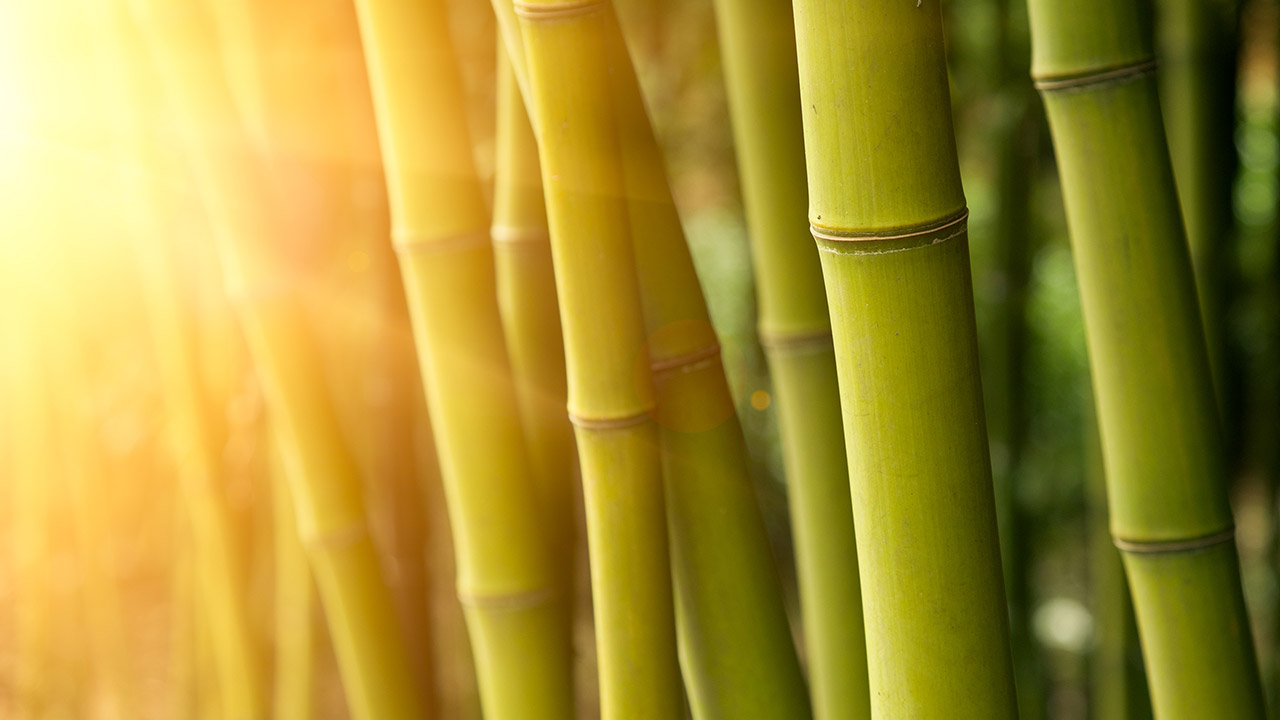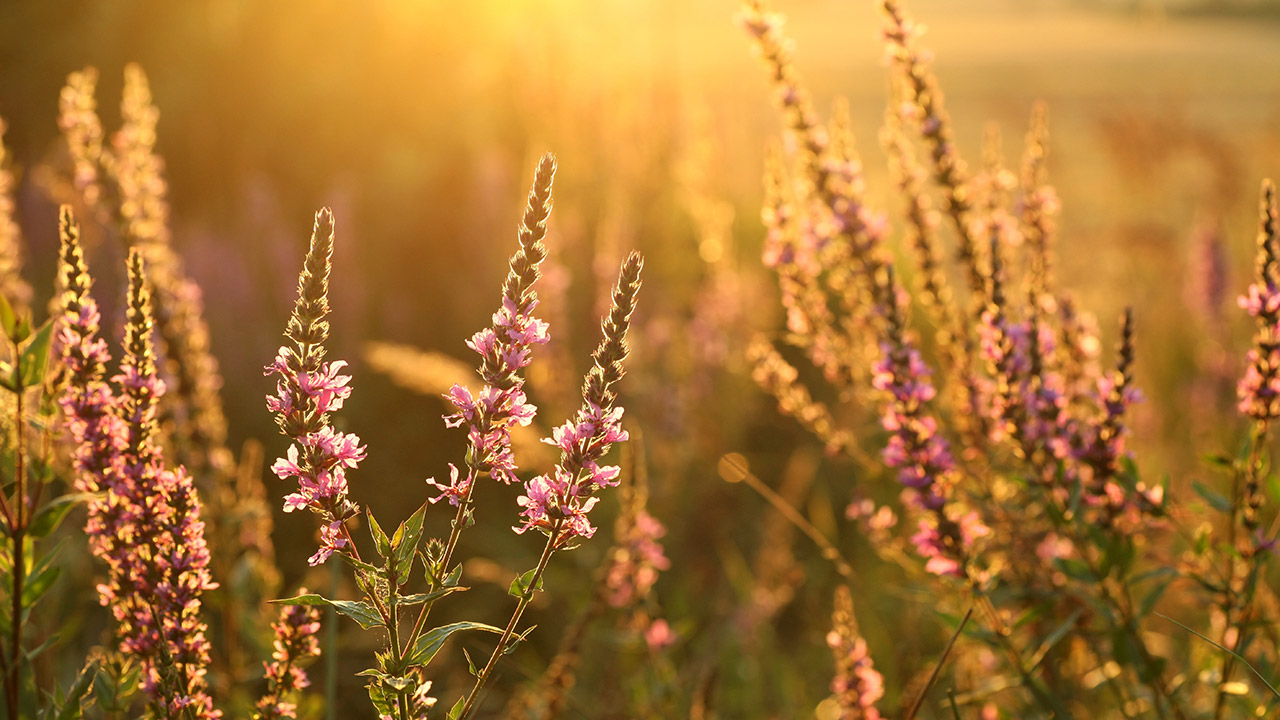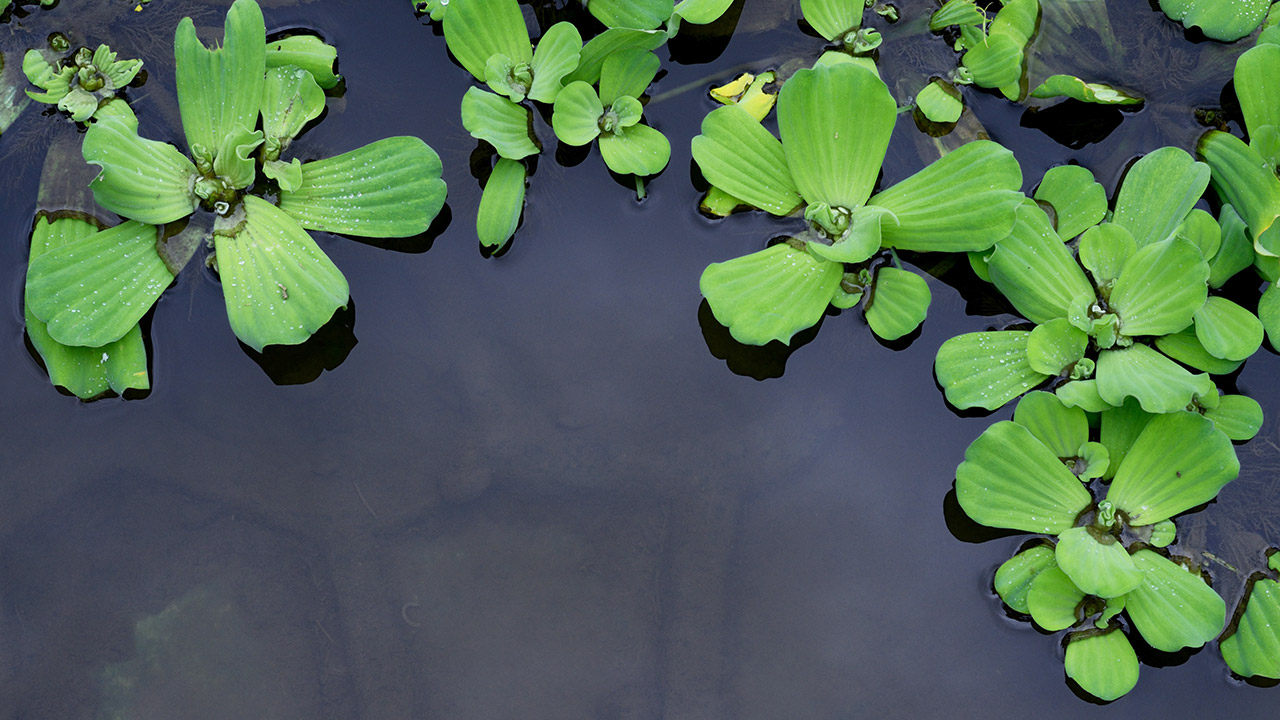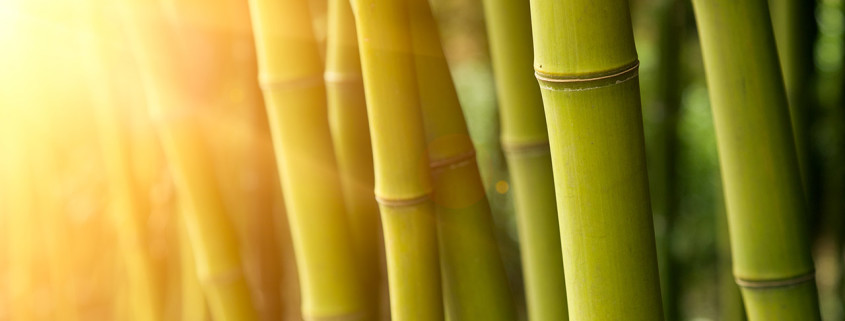8 Plants You Should Never Grow on Your Property
A home without greenery is a bare one. Landscaping is an integral part of the overall esthetics of a home, and plants are a key component. But while most plants are pretty to look at, not all of them are healthy or even safe in your garden. Some of them will invite unwanted insects to your yard, while others will just take over your garden completely.

Before you start planting, make sure you avoid the following species.
1. Yucca
The yucca plant might make a visually dramatic statement, but you’ll be spending a lot of time maintaining it. The pointy leaves will need to be consistently pruned and discarded once they’ve reached the end of their lifespan. It attracts plenty of insects, and the root system is very pervasive. If you plan on getting rid of the plant some time in the future, you’ll likely need to dig a large proportion of the area around it, which means any adjacent plants may be gone along with it. Yucca is best suited in planters inside the home so that it can’t intrude on other species in your yard, or attract lots of bugs.
2. Bamboo
Bamboo is one of the fastest growing plants in the entire world. While it’s a wonderful resource for renewable and sustainable building materials, it’s not necessarily ideal for a residential garden. Within a short time span, your yard will be completely taken over by this tropical plant. Preventing invasion of bamboo to nearby plants is a real chore, and often involves taking extreme measures, like pouring concrete barriers. If you must have bamboo in your home, reserve it for large planters.
3. Mint
Having an herb garden makes it convenient and affordable to season dishes and beverages, and also wafts wonderful aromas within your home. But mint is best planted in containers, as its roots are aggressively obtrusive and will easily and quickly spread like a weed.
4. Purple Loosestrife

Purple Loosestrife is a perennial that quickly becomes impervious and chokes out native vegetation. For this reason, it’s dubbed the “Beautiful Killer.” Even if you decide to remove the plant from your garden, you’ll need to discard it carefully or it will continue to spread no matter where you dump it. The best way to prevent its spread is to burn whatever’s left if it once it’s been removed, and wrap it up in a plastic bag before discarding it.
5. Weeping Lovegrass
With the frequent and devastating wildfires that have been engulfing many parts of California over recent years, the last thing you want to do is add components to your yard that will make it even more vulnerable to fires. Weeping Lovegrass is just the type of plant to help spread wildfires and increase their intensity. This plant develops roots very quickly, and spreads like wildfire (pardon the pun).
6. Kudzu
This climbing vine is pretty, but it can quickly and easily take over everything in its path. It can grow as fast as one foot each day, and can even spread to your neighbor’s yard or across the street! Once it’s planted, it’ll take years of herbicide application before slowing and eventually stopping its growth. The primary roots of this plant will need to be focused on in order to make sure it never returns once it’s finally gone.
7. Leafy Spurge
One of the worst plants for your garden is the leafy splurge. For starters, this plant is notorious for invading space around other plants and flowers, and essentially just forces them out of the way. Not only that, leafy splurge also spits out toxins that make it nearly impossible for other plants and flowers to grow in its vicinity. Even after you’ve gotten rid of the plant, its seeds can remain in the soil for years.
8. Water Hyacinth

This plant is popular in waterfalls, large bird baths and small ponds because of its ability to clean out any contaminants. However, it can also kill off other plants and even fish at the same time. If you want the same lovely lavender color in your yard, opt for a lilac bush instead.
Before you whip out your gardening gloves, make sure you’ve done some research into the types of plants and flowers that will do well in your yard, and avoid species that will do nothing more than wreak havoc in your prized garden.



